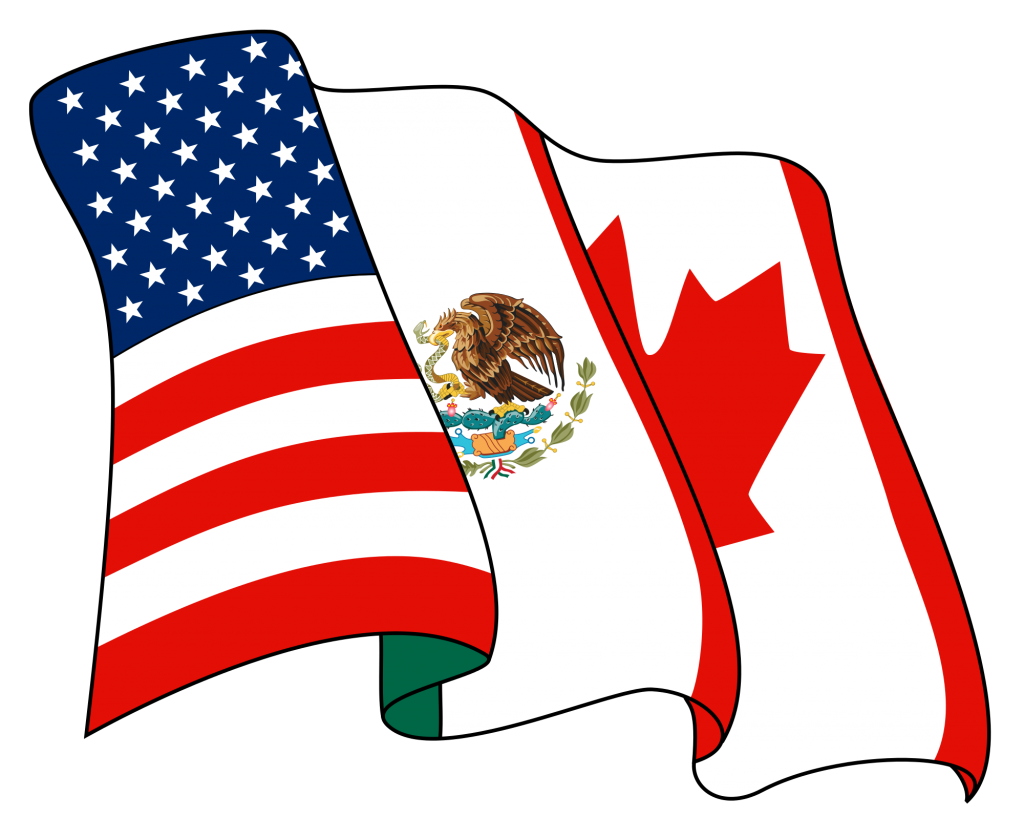The Obama administration this week will continue to wrestle with reluctant congressional Democrats seeking a compromise to advance the president’s hoped-for legacy of expanding trading relations with Asia. Although a variety of political concerns color the debate, the heart of the issue is economic: whether expanding free trade is good for the U.S. economy and for American workers, a key constituency for Democrats.
If the dispute sounds familiar, it is. Americans have been fighting over free trade and its fallout since the North American Free Trade Agreement, which went into effect in 1994 despite strong opposition from unions and their workers’ rights allies. NAFTA cut tariffs and changed rules to allow free trade among the United States, Canada and Mexico.
Ever since, NAFTA has served as a template for agreements that cover U.S. free-trade relations, which have grown to include 20 countries. NAFTA also serves as a cautionary tale of what opponents maintain has gone wrong with free trade and what proponents argue has succeeded. Here is a primer on the Trans-Pacific Partnership dispute and what NAFTA can teach us.
What are the arguments in favor of the free-trade bill?

